Edward F. Leddy Preschool serves 261 students in grades Prekindergarten.
The student:teacher ratio of 26:1 is higher than the Massachusetts state level of 12:1.
Minority enrollment is 38% of the student body (majority Black), which is lower than the Massachusetts state average of 47% (majority Hispanic and Black).
Quick Stats (2025)
- Grades: Prekindergarten
- Enrollment: 261 students
- Student:Teacher Ratio: 26:1
- Minority Enrollment: 38%
- Source: National Center for Education Statistics (NCES), MA Dept. of Education
Top Rankings
Edward F. Leddy Preschool ranks among the top 20% of public schools in Massachusetts for:
Category
Attribute
Diversity
School Overview
Edward F. Leddy Preschool's student population of 261 students has declined by 7% over five school years.
The teacher population of 10 teachers has stayed relatively flat over five school years.
Grades Offered
Grades Prekindergarten
(offers virtual instruction)
(offers virtual instruction)
Total Students
261 students
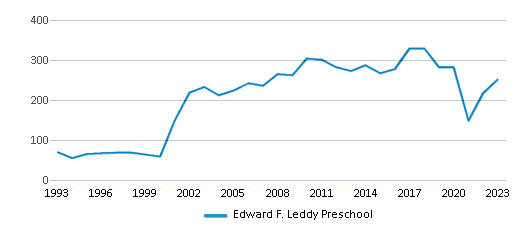
Gender %
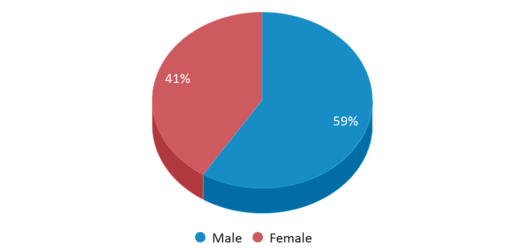
Total Classroom Teachers
10 teachers
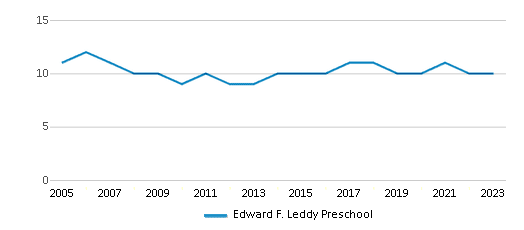
School Rankings
The diversity score of Edward F. Leddy Preschool is 0.56, which is less than the diversity score at state average of 0.65. The school's diversity has stayed relatively flat over five school years.
Student : Teacher Ratio
26:1
12:1

American Indian
n/a
n/a
Asian
3%
7%
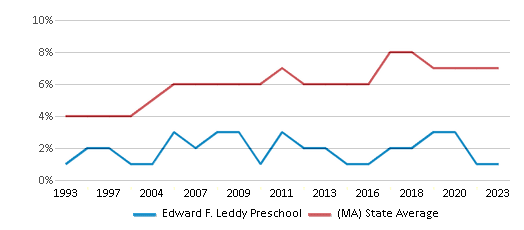
Hispanic
10%
25%
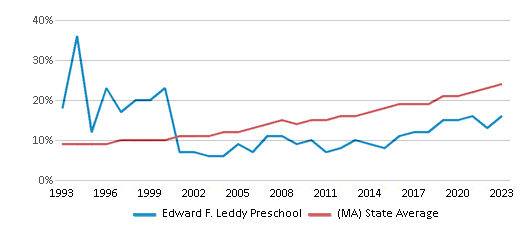
Black
22%
10%
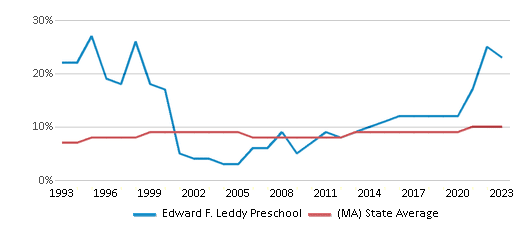
White
62%
53%
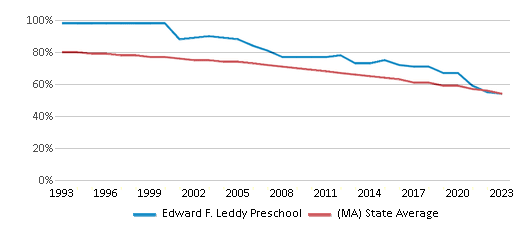
Hawaiian
1%
n/a
Two or more races
2%
5%
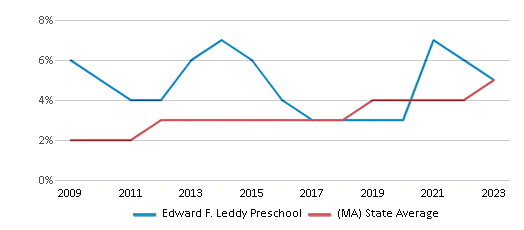
All Ethnic Groups
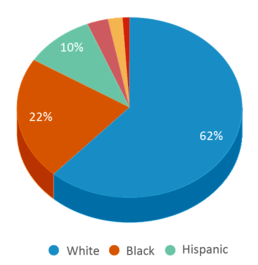
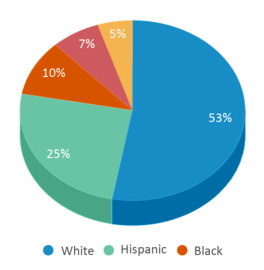
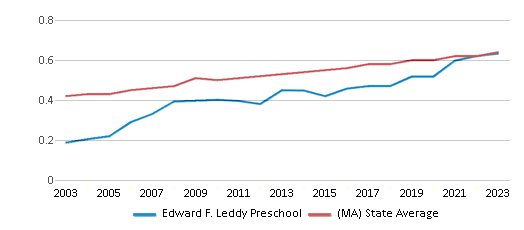
Participates in the National School Lunch Program (NSLP)
Yes
Eligible for Free Lunch
47%
35%
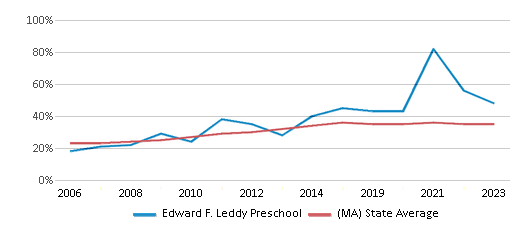
Eligible for Reduced Lunch
10%
4%
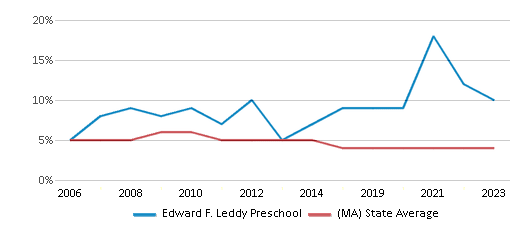
School Statewide Testing
School District Name
Source: National Center for Education Statistics (NCES), MA Dept. of Education
Profile last updated: 02/09/2025
Frequently Asked Questions
How many students attend Edward F. Leddy Preschool?
261 students attend Edward F. Leddy Preschool.
What is the racial composition of the student body?
62% of Edward F. Leddy Preschool students are White, 22% of students are Black, 10% of students are Hispanic, 3% of students are Asian, 2% of students are Two or more races, and 1% of students are Hawaiian.
What is the student:teacher ratio of Edward F. Leddy Preschool?
Edward F. Leddy Preschool has a student ration of 26:1, which is higher than the Massachusetts state average of 12:1.
What grades does Edward F. Leddy Preschool offer ?
Edward F. Leddy Preschool offers enrollment in grades Prekindergarten (offers virtual instruction).
What school district is Edward F. Leddy Preschool part of?
Edward F. Leddy Preschool is part of Taunton School District.
School Reviews
5 5/31/2010
Barnum school is a good special-ed school & the children do enjoy attending. They offer a lot of activities & upon passing a CORI check you are allowed to tutor children & volunteer for activities that take place at the school. However, one thing that ALL parents sending a child there should know is that the staff & school nurse DRASTICALLY over exaggerate minor medical situations!!!! I have received phone calls to go pick up my children over the pettiest issues. I was even told that my son looked pale & flushed one day & when I rushed to the school; he was fine, & even playing. I also have went to pick them up over minor nose bleeds, scrapes due to falls & lots of other petty/minor issues that any nurse could attend to & would at any other school. Each issue could have been handled at the school & a note from the school with an explanation would have been just fine. If you would like to keep your job or just don't like leaving work when it's actually not necessary, choose a different school if at all possible!
Review Edward F. Leddy Preschool. Reviews should be a few sentences in length. Please include any comments on:
- Quality of academic programs, teachers, and facilities
- Availability of music, art, sports and other extracurricular activities
Recent Articles

What Is A Charter School?
Explore the world of charter schools in this comprehensive guide. Learn about their history, how they operate, and the pros and cons of this educational innovation. Discover key facts about charter schools, including admission policies, demographics, and funding, as well as what to look for when considering a charter school for your child.

10 Reasons Why High School Sports Benefit Students
Discover the 10 compelling reasons why high school sports are beneficial for students. This comprehensive article explores how athletics enhance academic performance, foster personal growth, and develop crucial life skills. From improved fitness and time management to leadership development and community representation, learn why participating in high school sports can be a game-changer for students' overall success and well-being.

February 05, 2025
Understanding the U.S. Department of Education: Structure, Impact, and EvolutionWe explore how the Department of Education shapes American education, from its cabinet-level leadership to its impact on millions of students, written for general audiences seeking clarity on this vital institution.





